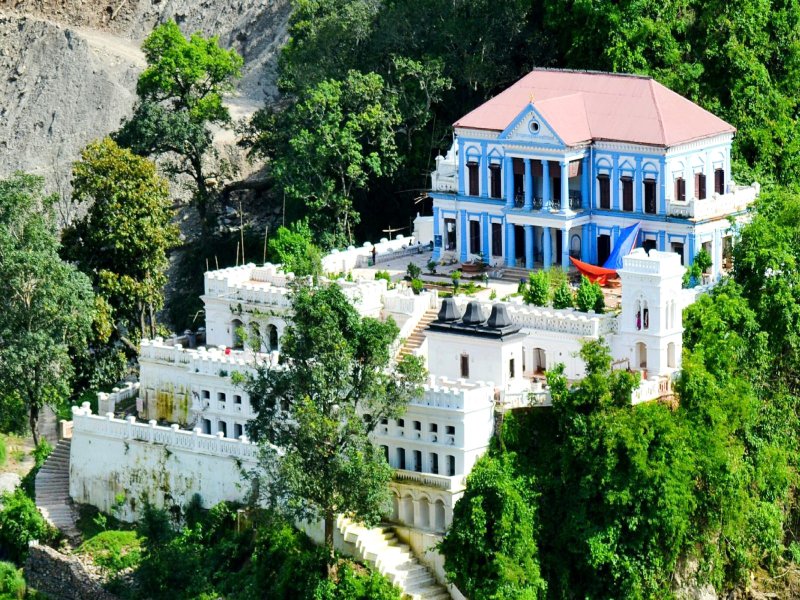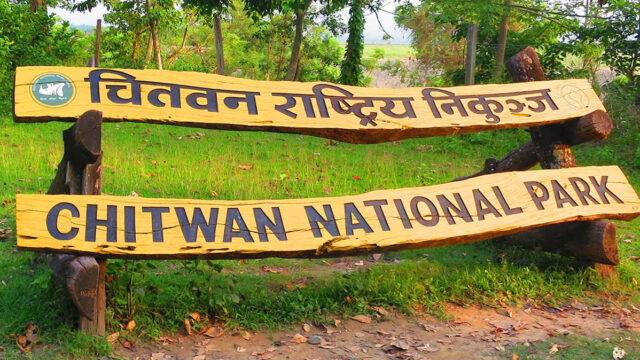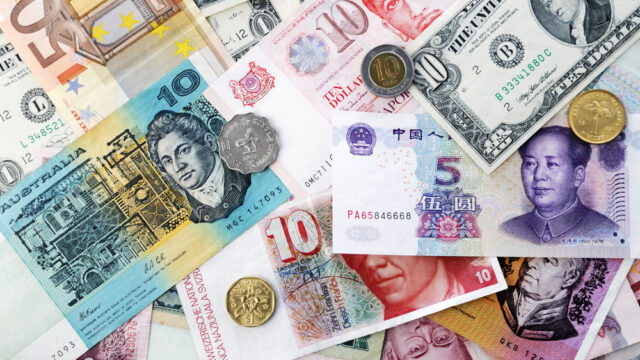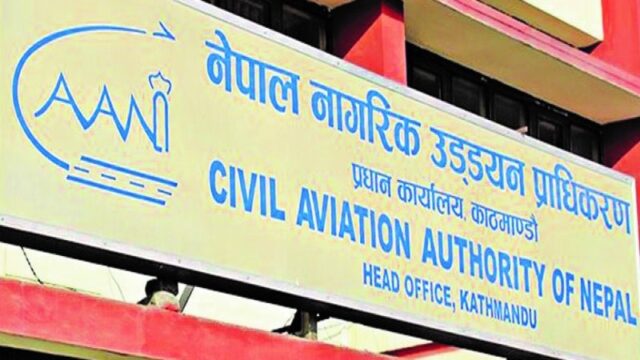In a significant move to protect Nepal’s architectural heritage, the government has decided to restore Palpa’s iconic Rani Mahal to its original condition and ensure its long-term preservation. The decision was made during a high-level meeting that included Deputy Prime Minister and Finance Minister Bishnu Prasad Poudel, Vice Chairman of the National Planning Commission Prof. Dr. Shivaraj Adhikari, local Members of Parliament, people’s representatives of Palpa, archaeology experts, district officials, and engineers.
Master Plan to Guide Restoration Efforts
The meeting concluded with a resolution to prepare a comprehensive master plan for the restoration and conservation of Rani Mahal. Finance Minister Poudel emphasized the importance of this heritage site, describing Rani Mahal as “one of the rare and significant landmarks of Nepal.”
He directed the Department of Archaeology to immediately begin collecting and analyzing historical documents, architectural layouts, and construction styles that reflect the palace’s original structure. The master plan is expected to guide the restoration efforts while maintaining the architectural integrity and historical significance of the palace.
Minister Poudel also stressed the need to incorporate river and landslide management into the restoration plan, underlining that all infrastructure development around the site should respect its archaeological and cultural value.
Coordinated Approach for Sustainable Preservation
Vice Chairman of the National Planning Commission, Prof. Dr. Shivaraj Adhikari, called for a long-term, systematic approach to preserving both Rani Mahal and its surrounding environment. He noted that the site, located along the banks of the Kali Gandaki River, requires multi-sectoral planning that integrates conservation, tourism promotion, and environmental protection.
Local lawmaker MP Thakur Gaire raised concerns about the erosion caused by the Kali Gandaki River, warning that the river’s flow threatens the foundation of Rani Mahal. He insisted that proper embankment construction and river control measures must be included in the conservation plan.
Similarly, MP Narayan Acharya emphasized the importance of coordination among federal, provincial, and local governments to ensure smooth execution of the restoration and conservation work. He noted that without synchronized planning and implementation, the efforts may face delays or inefficiencies.
Department of Archaeology Takes the Lead
Chief District Officer (CDO) Toyanarayan Subedi expressed full support from the local administration, assuring that the office will work in close coordination with all stakeholders for the successful protection and management of Rani Mahal.
Saubhagya Pradhan, Director General of the Department of Archaeology, stated that the restoration work will be conducted with utmost care, ensuring the original structure, style, and cultural attributes are preserved. “We can restore the Rani Mahal while upholding its archaeological essence and historic narrative,” Pradhan said.
He added that the department is already working on surveying the site and gathering data to design a faithful reconstruction process.
Financial Resources to be Secured
To ensure the sustainability of the project, Shree Krishna Nepal, Head of the Budget Division at the Ministry of Finance, confirmed that financial resources will not be a constraint. He said the government recognizes the cultural and tourism value of the site and is committed to allocating adequate funding for both the restoration and infrastructure development needed to support the Rani Mahal as a viable heritage tourism destination.
Infrastructure and Environmental Considerations
Kalpana Adhikari, Project Manager of the Kaligandaki Corridor, shared insights from an initial technical assessment conducted at the site. She highlighted that in addition to restoration, the project must include:
- River erosion control
- Landslide management
- Bridge installation
- Organized parking areas for tourists
These elements will be crucial in making the site accessible and safe for visitors, while also protecting the surrounding landscape from natural hazards.
A Tribute Built in Love and Legacy
Rani Mahal, often dubbed as the “Taj Mahal of Nepal”, was constructed during the Rana era by General Khadga Shamsher in memory of his beloved wife, Queen Tejkumari Devi. The palace stands as a symbol of love and grandeur, built on the banks of the Kali Gandaki River in Palpa District. The unique fusion of European and Mughal-style architecture, combined with its romantic history, makes Rani Mahal a potential centerpiece for heritage tourism in the region.
Despite its significance, the palace has suffered from years of neglect, weather damage, and threats from river erosion. Previous efforts to restore it have been sporadic and lacked long-term planning, making this new initiative a milestone in heritage conservation in Nepal.
Towards a New Era of Cultural Tourism
This restoration marks the beginning of a new chapter for Palpa, where Rani Mahal can become not only a historical landmark but also a catalyst for tourism and local economic development. With structured coordination between national bodies, local governments, experts, and civil society, the project aims to breathe new life into the forgotten jewel of the Kali Gandaki.
The comprehensive master plan, when implemented effectively, will not only preserve Nepal’s architectural heritage but also provide an avenue for educational research, heritage tourism, and community engagement.
A National Effort to Preserve History
The restoration and preservation of Rani Mahal is no longer just a dream. With the commitment shown by the Ministry of Finance, Department of Archaeology, National Planning Commission, and local representatives, the project is poised to become a national model for heritage restoration.
Through proper planning, technical precision, environmental safeguards, and adequate funding, the Rani Mahal will soon regain its lost glory, standing as a proud testament to Nepal’s rich cultural history and as a future tourism gem on the national and international stage.






